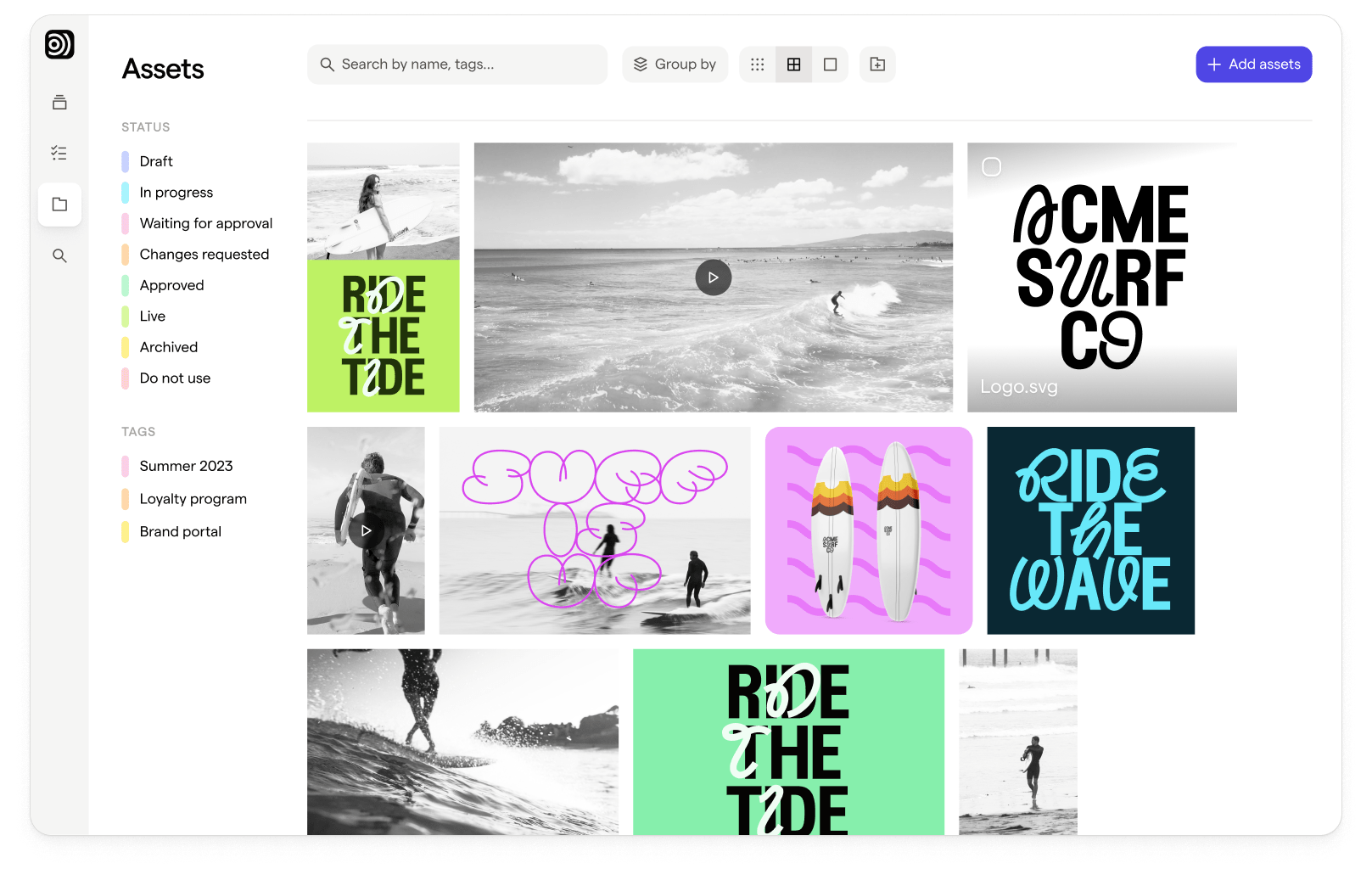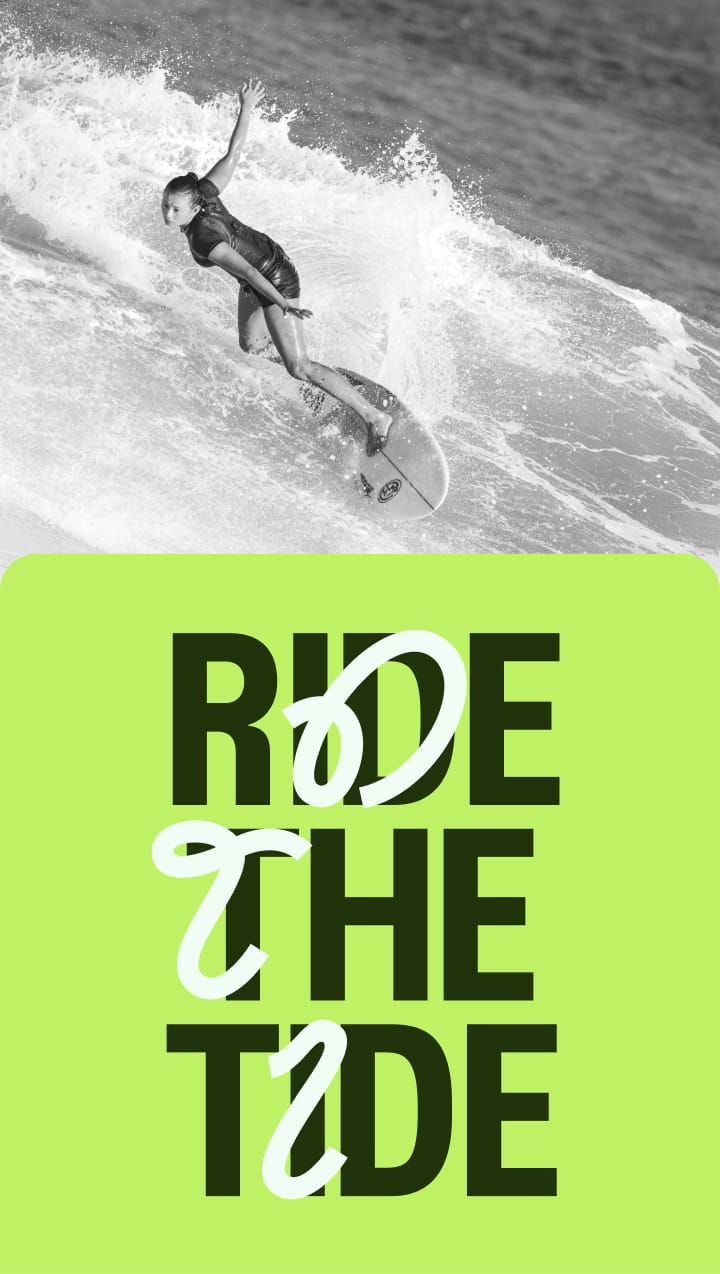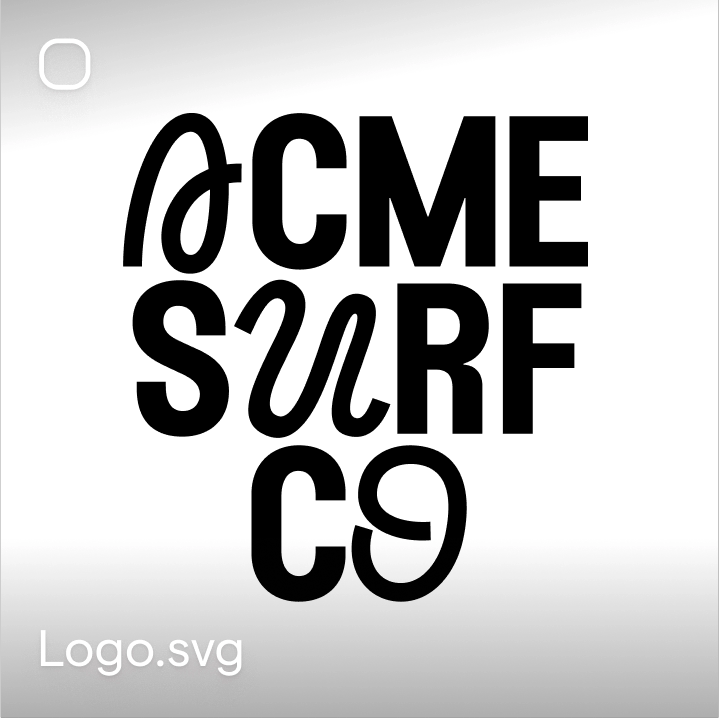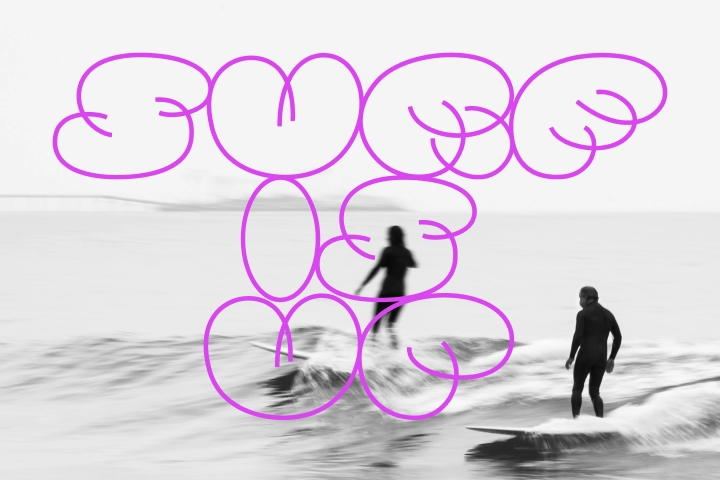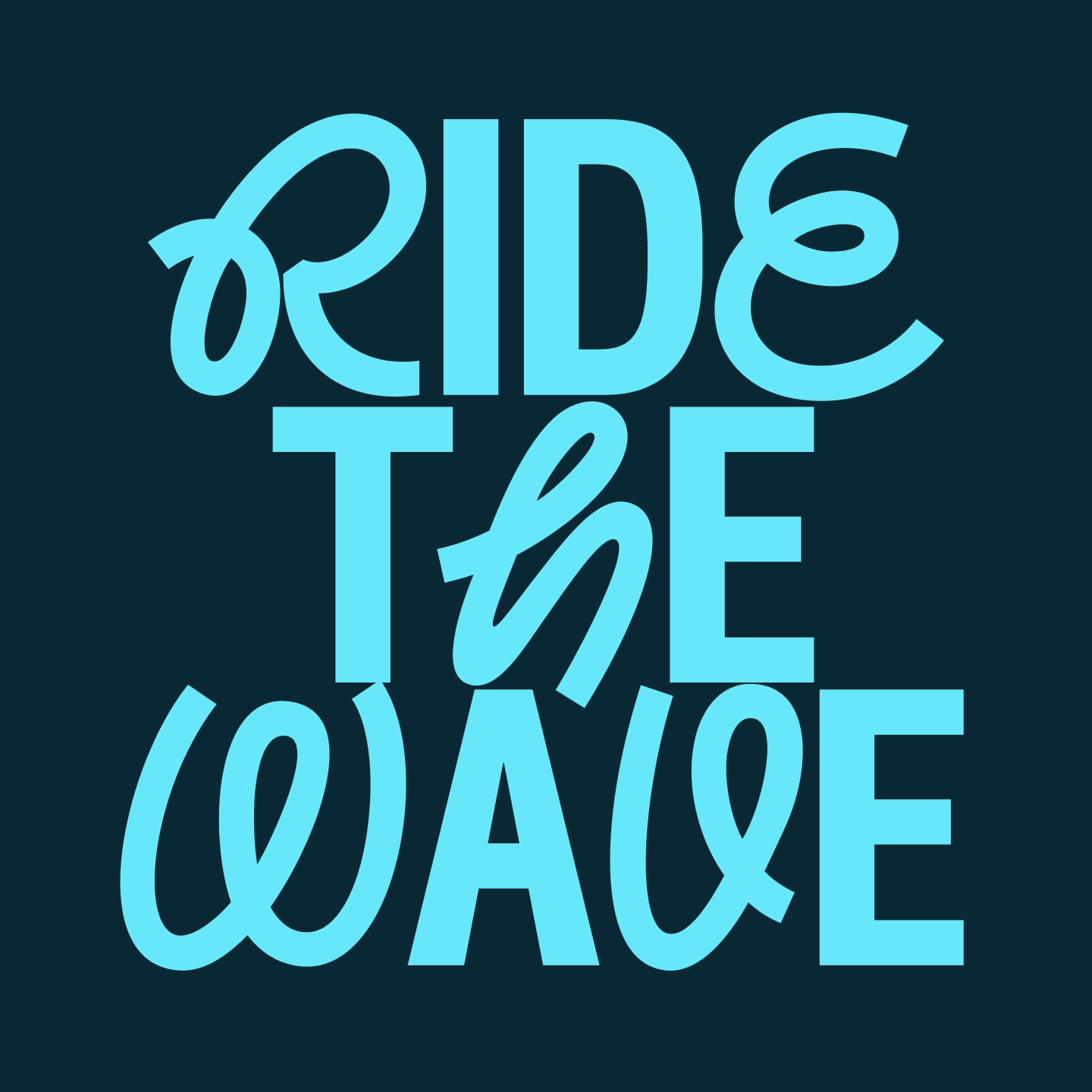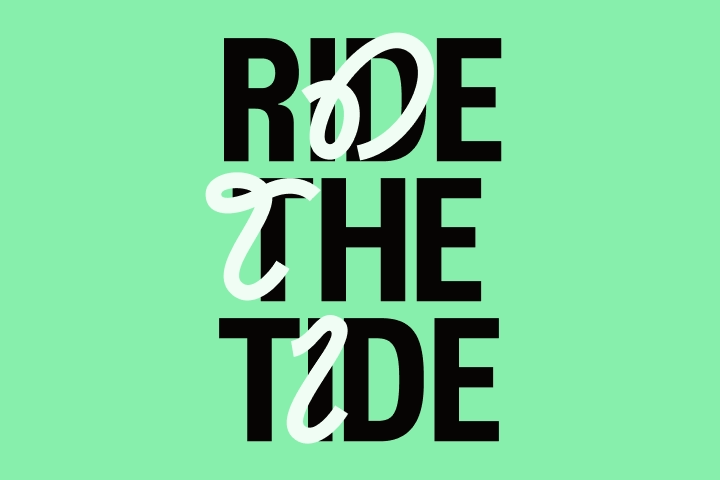-1.jpg)
Rule #1 Map out your current creative process
Identify and understand the flow of creative production in your team, from conceptualization to performance analysis. Evaluate the roles of agencies, influencers, content creators, and in-house producers, and understand how their outputs are stored, edited, transformed into ads, launched, and ultimately tested.
Read more: What is Ad Fatigue and Five Tips on How to Avoid It
-3.jpg)
Rule #2 You get what you measure, so be careful what you measure
While metrics drive behaviors, complex or misaligned KPIs can lead to skewed results. Instead of overcomplicating the system, it's better to standardize and follow simple, yet meaningful metrics that directly align with your core objectives. This is how you ensure efficiency, clarity and get more reliable outcomes.
-5.jpg)
Rule #3 Establish a robust feedback culture
Include guidelines on feedback timing and method. Maintain transparency by sharing a roadmap of tests, peak brand seasons, and targets. This systematic, collaborative approach is vital for shared success.
-7.jpg)
Rule #4 Embrace creativity, but follow the results
While tracking past performance is essential, it shouldn't stifle future innovation or disregard the value of successful older ads. Harness the potential of new creative approaches but remember to incorporate proven elements from past ads that consistently delivered strong results.
-9.jpg)
Rule #5 Adopt a singular variable adjustment approach
When iterating on ad creatives, change only one element at a time. This allows you to accurately identify which changes are improving performance and which aren't.
-2.jpg)
Rule #6 Honor statistical significance
Ensure your testing reaches a level of statistical significance before drawing conclusions. This guards against making critical decisions based on random variation or inconclusive data, thus leading to more reliable and data-driven enhancements in your creative process.
Here's a free Google Sheets template for calculating Statistical Significance.
-4.jpg)
Rule #7 Integrate automations
Leverage automation tools, such as Zapier and Supermetrics, to streamline data collection and analysis, making your creative feedback loop more efficient and reliable. Automation allows you to focus on data interpretation and creative strategy, rather than manual data extraction.
-6.jpg)
Rule #8 Nurture your ads
Don't discard a creative just because it didn't perform well in its first run. Sometimes, a little tweak can turn a poor performing creative into a winner.
-8.jpg)
Rule #9 Consolidate learnings
Keep a repository of insights and learnings from past creatives. It can help guide the development of future ads and prevent the repetition of past mistakes. If you have a Digital Asset Management (DAM) system in place, consolidating learnings is simple.
Read more: What is Digital Asset Management (DAM)?
-10.jpg)
Rule #10 Never stop testing, except in your peak season
Engage in relentless testing of new channels, placements, and creatives, while running proven, high-performing ads. Fresh perspectives often triumph over even your top ads. But crucially, pause these explorations during your peak season, focusing instead on delivering prepared, proven strategies.
Conclusion
In conclusion, the essence of building a successful advertising campaign lies in cultivating a strong Creative Feedback Loop. By implementing these ten rules, you can optimize your creative process, measure efficiently, and foster a culture that encourages feedback. Embrace creativity, but let your results guide you. Prioritize singular variable adjustments and respect statistical significance. Leverage automation and nurture your ads. Consolidate your learnings and continuously test your strategies, except during your peak seasons. As you master these rules, you'll establish a feedback loop that synergistically melds creativity and performance, ultimately driving your brand towards its advertising goals.
Read more: Creative Requests Explained
What is Focal?
Focal is a creative asset management platform perfect for asset-heavy teams. With Focal, you can ship effective ads 10x faster.
Our key features are an AI-powered search for creative assets, advanced media mockups, and collaborative docs designed for marketers. All features in Focal are seamlessly connected with Slack and Figma, so you don't need to waste time on manual copy+paste.


.jpg)
